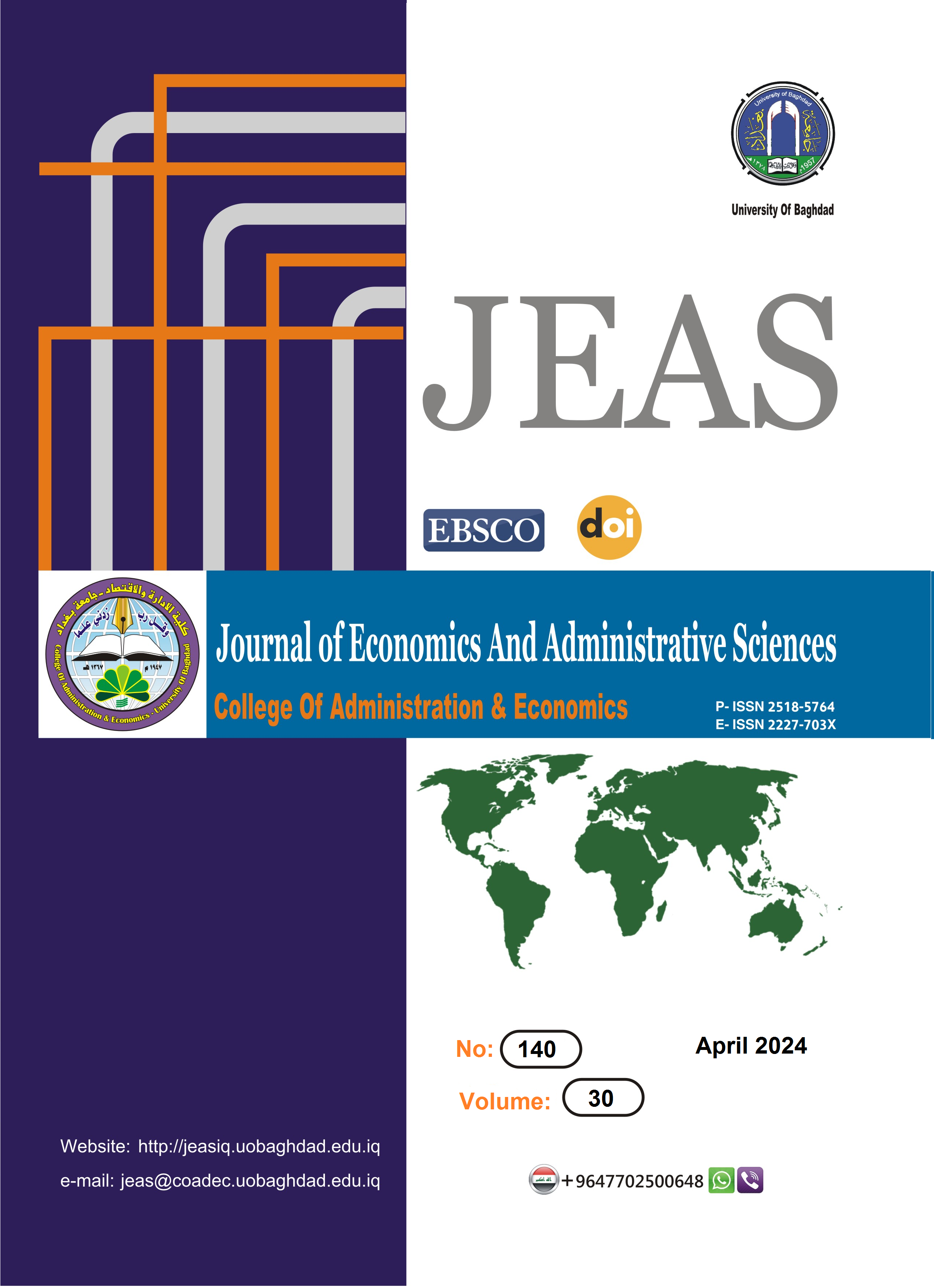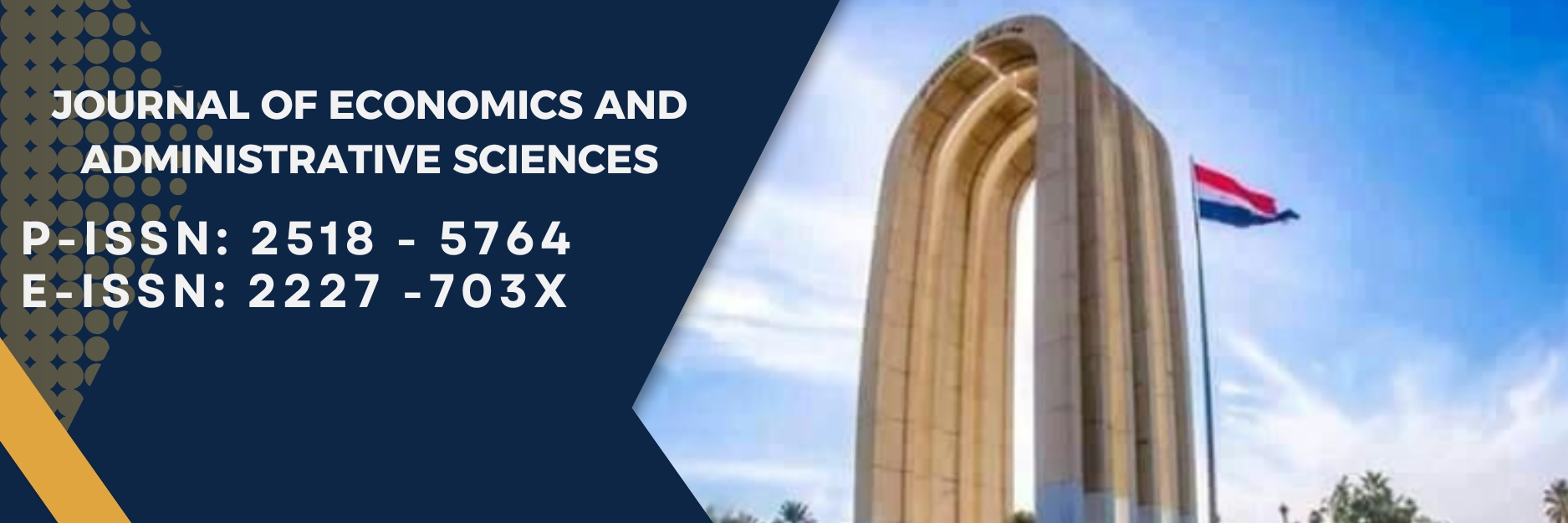Finding the Optimal Allocation of Checkpoints Using the Dynamic Programming method
DOI:
https://doi.org/10.33095/argab145Keywords:
: Dynamic Programming, Optimal Allocation, ChecklistAbstract
This research aims to use the competent mathematical method through which it is possible to find the best allocation for the main checkpoints in one of the Iraqi Governorates, which contains 17 administrative units. The Dynamic Programming (DP) method and the method of background calculations were used for this method. The problem of the research lies in the fact that many administrative units in this governorate are subjected to organized attacks by terrorist gangs, which lead to the loss of the lives of many citizens, security forces, as well as private and public properties for them. The security reality of some administrative units requires a set of important data through which the best solutions are found to preserve these administrative units from terrorist and criminal operations and incidents. Therefore, this research focused on the use of one of the important scientific methods, the DP method, to find the Optimal Allocation (OA) of checkpoints in those administrative units, which hopefully contributes to reducing terrorist attacks, breaches, and other criminal incidents. The researchers used the checklist, which contains many questions that were asked of some civilians and state employees. The results proved to us that the proposed allocation will lead to an increase in the population density in the governorate by about 38 thousand people through the reallocation of checkpoints to administrative units, as some of them need to reduce the number of checkpoints and others need to increase the number of checkpoints. The used program is Excel.
Paper type: Research Paper
Downloads
Published
Issue
Section
License
Copyright (c) 2024 Journal of Economics and Administrative Sciences

This work is licensed under a Creative Commons Attribution-NonCommercial-NoDerivatives 4.0 International License.
Articles submitted to the journal should not have been published before in their current or substantially similar form or be under consideration for publication with another journal. Please see JEAS originality guidelines for details. Use this in conjunction with the points below about references, before submission i.e. always attribute clearly using either indented text or quote marks as well as making use of the preferred Harvard style of formatting. Authors submitting articles for publication warrant that the work is not an infringement of any existing copyright and will indemnify the publisher against any breach of such warranty. For ease of dissemination and to ensure proper policing of use, papers and contributions become the legal copyright of the publisher unless otherwise agreed.
The editor may make use of Turtitin software for checking the originality of submissions received.


























